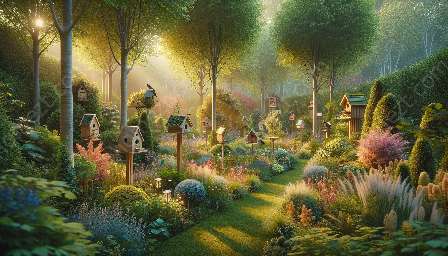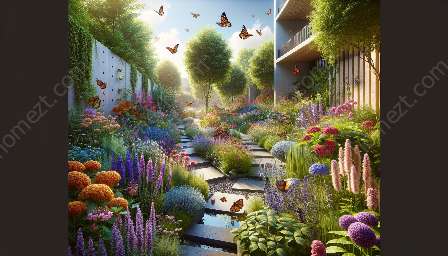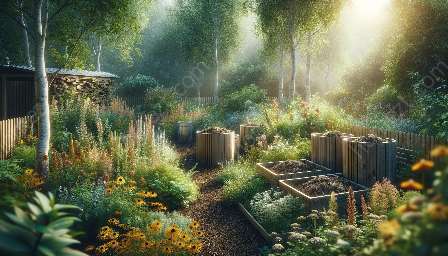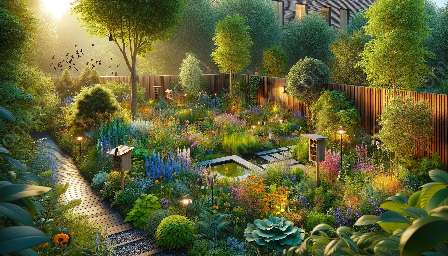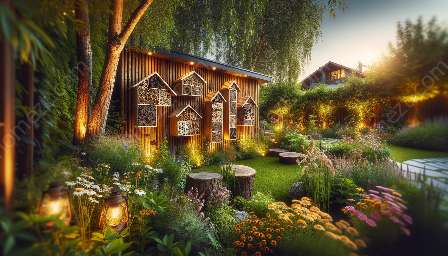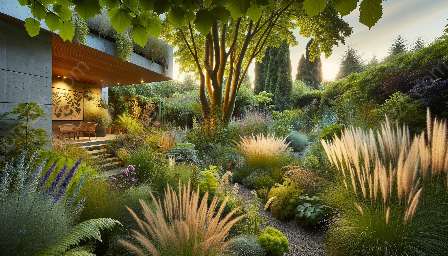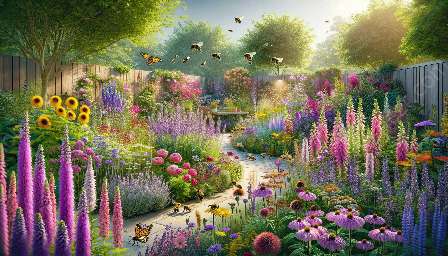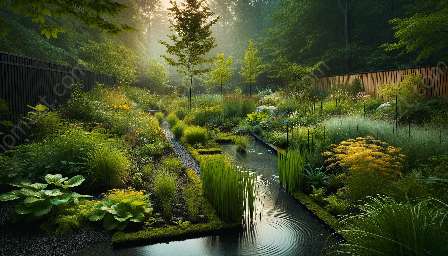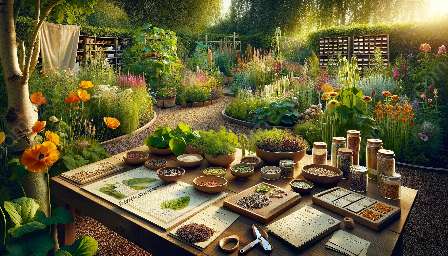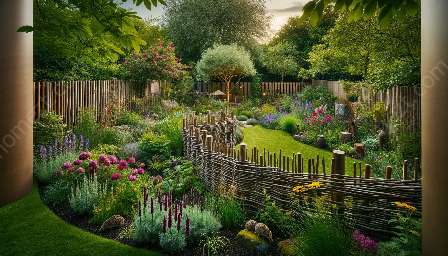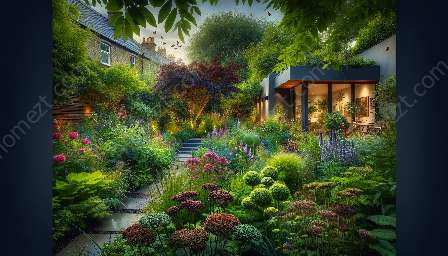A rain garden is a beautiful and sustainable way to manage rainwater runoff while creating a habitat for wildlife. It is an excellent addition to any wildlife gardening and landscaping project, offering numerous benefits for the environment and the community.
What is a Rain Garden?
A rain garden is a shallow, sunken garden that is designed to capture and absorb rainwater runoff from roofs, driveways, and other impervious surfaces. It is typically planted with native vegetation that can thrive in both wet and dry conditions, making it a low-maintenance and environmentally friendly landscaping feature.
By capturing rainwater, rain gardens help reduce stormwater runoff, which can carry pollutants into waterways and contribute to flooding. They also help recharge groundwater and improve the overall health of the local ecosystem.
Benefits of Rain Gardens
- Environmental Benefits: Rain gardens help filter pollutants, reduce erosion, and provide habitat for birds, butterflies, and other wildlife.
- Sustainable Water Management: They assist in recharging groundwater and reducing the strain on stormwater infrastructure.
- Enhanced Aesthetics: Rain gardens add beauty and diversity to the landscape, enhancing the visual appeal of wildlife gardens and overall landscaping.
- Community Engagement: They provide an opportunity for community involvement and education about sustainable gardening practices.
Integrating Rain Gardens with Wildlife Gardening
Rain gardens and wildlife gardens share a common goal of creating sustainable, natural habitats that support local flora and fauna. By incorporating rain gardens into wildlife gardening projects, homeowners and landscapers can enhance wildlife habitat, attract pollinators, and create an ecosystem that is both environmentally friendly and visually appealing.
When designing rain gardens within wildlife gardening areas, it's important to select native plants that attract and sustain local wildlife. This could include native wildflowers, grasses, and shrubs that provide food and shelter for birds, butterflies, and beneficial insects.
Moreover, incorporating elements such as bird baths and nesting boxes near rain gardens can further enhance the wildlife-friendly aspect of the garden, creating a holistic and sustainable environment for native species.
Creating Your Own Rain Garden
Designing and building a rain garden can be a rewarding and relatively simple addition to any landscaping project. The key steps involved in creating a rain garden include site selection, sizing and shaping the garden, selecting appropriate plants, and maintaining the garden for long-term success.
For those considering incorporating rain gardens into their overall landscape, consulting with a professional landscaper or utilizing resources from local extension services can provide valuable guidance and expertise to ensure the successful implementation of a rain garden.
Conclusion
Rain gardens offer a sustainable and aesthetically pleasing solution to managing rainwater runoff while complementing wildlife gardening and landscaping. By creating a rain garden, homeowners and landscapers can contribute to environmental conservation, support local wildlife, and enhance the beauty of their outdoor spaces in a responsible and eco-friendly manner.

